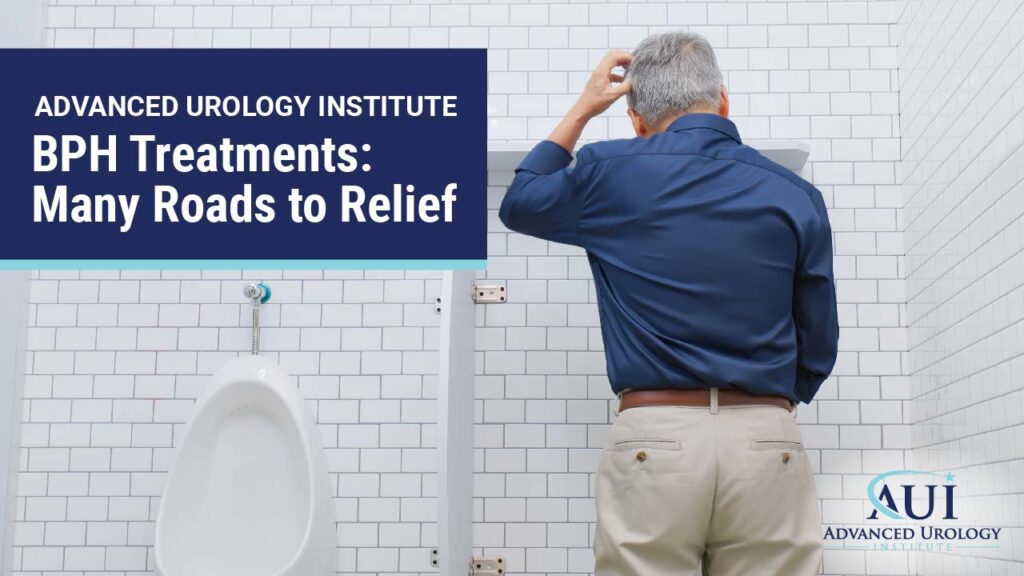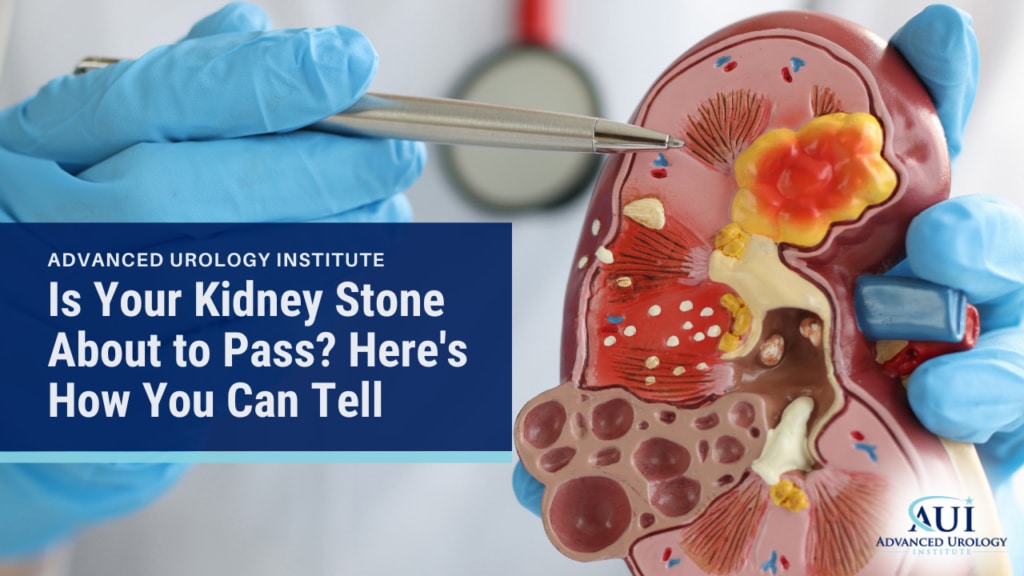Percutaneous Nephrolithotomy (PCNL) is a minimally invasive surgical procedure for removing upper ureteral stones and kidney stones larger than 2 centimeters in diameter. Historically, larger stones were removed in open surgery, which required a larger flank incision. Percutaneous nephrolithotomy (nephrolithotripsy) is a more refined alternative to open surgery, using a 1-centimeter skin incision. The procedure reduces blood loss, pain and hospital stay and has an increased success rate.
During PCNL, the patient is given general anesthesia before a needle is inserted through the skin to puncture the kidney and create a channel through which a nephroscope is passed into the kidney to break the stone into fragments for easy extraction. The entire procedure takes 3-4 hours.
During percutaneous nephrolithotomy:
- The patient receives general anesthesia to make the procedure less painful. The patient then lies face down on the abdomen.
- The surgeon performs cystoscopy (telescopic exam of the bladder) and instills X-ray dye or carbon dioxide into the kidney using a small catheter through the ureter of the affected kidney. This helps the surgeon to locate the stone more precisely.
- After locating the stone, the urologist makes a small incision on the back and passes a tiny needle through the skin (under X-ray guidance) into the kidney to directly access the stone.
- The needle tract is dilated to about 1-centimeter to enable placement of a plastic sheath and telescope for visualizing the stone.
- Using a laser or mechanical lithotripsy device, the surgeon breaks the stone into smaller fragments and extracts the pieces through the sheath.
- At the end of the operation, temporary catheters, a nephrostomy tube for the kidney and a stent tube for the bladder, are used to drain urine. The catheters are removed before discharge from hospital, usually after 2-4 days.
Percutaneous nephrolithotomy is recommended when:
- Urine flow is blocked.
- Kidney stones obstruct several branches of the collecting system of the kidney (also called staghorn kidney stones).
- Kidney stones are bigger than 2 centimeters (0.8 inch) in diameter.
- Urine leakage is occurring inside the body.
- There is severe pain even after treatment for a kidney stone.
- Kidney stone is causing damage to the kidney.
- Other treatment options have failed.
- The urologist will request several tests before the operation. Blood and urine tests check for infection and other problems, while a computerized tomography (CT) scan helps to determine the location of the stones.
Advantages of PCNL:
- Minimally-invasive procedure, with less pain, quick recovery, shorter hospital stay (2-4 days) and quick return to work (7-10 days).
- No surgical scar or complications associated with large incision operations.
- Less risk of postoperative infections compared to open surgery.
- Minimal harm to kidney function.
- Limits residual stones, as the surgeon has the opportunity to look inside the renal calyx and ureter.
- Percutaneous nephrolithotomy is effective for most people with stones in the ureter or kidney. Its stone free rate is greater than 90 percent and is the highest of all procedures.
For more information on treatment of kidney stones, visit Advanced Urology Institute.






